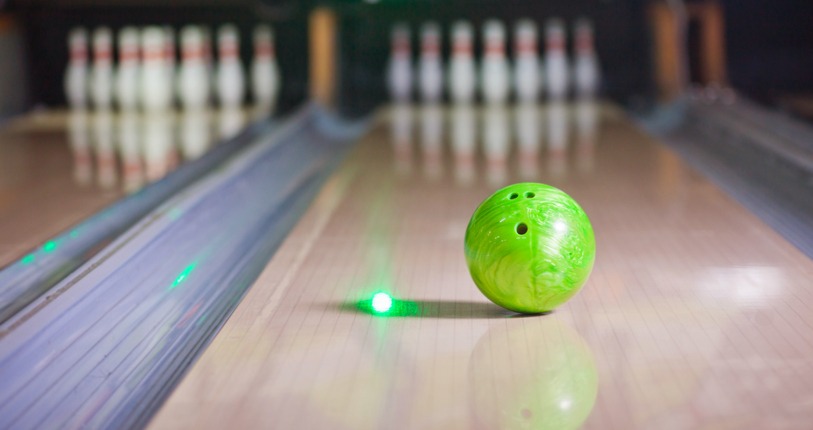The answer to whether or not you need a special bowling ball to throw a hook is a bit complicated. While you don’t necessarily need a special ball to throw a hook, having a ball specifically designed for this type of shot can make a significant difference in your performance.
Let’s start by discussing what a hook shot is in bowling. A hook shot is when a bowler releases the ball with a spin, causing it to curve as it travels down the lane. This type of shot is popular among more experienced bowlers because it can increase the chances of hitting the pocket and knocking down more pins. The hook shot is typically achieved by using the fingers to create a spin on the ball at the moment of release.
Now, when it comes to the type of ball you should use for a hook shot, there are a few factors to consider. These include
Weight
The weight of the ball is crucial for any type of bowling shot, but especially for a hook shot. A heavier ball can create more momentum and spin, but if it’s too heavy, it can be difficult to control. A lighter ball may be easier to control, but may not create as much spin.
Coverstock
The coverstock is the outer layer of the ball and can have a significant impact on the ball’s hook potential. Different coverstocks have different levels of friction and can be adjusted to match the lane conditions. Some coverstocks are better suited for hook shots than others.
Core
The core of the ball is the center of the ball and can affect the ball’s overall performance. A ball with a symmetrical core will typically create a more even and predictable hook, while a ball with an asymmetrical core can create a more aggressive hook.
Finger Holes
The placement and size of the finger holes can also affect the ball’s spin and hook potential. If the finger holes are drilled in a way that allows for more control over the release, it can make it easier to create spin.
Now that we’ve covered some of the factors that can affect a ball’s hook potential, let’s take a closer look at the best bowling ball for a hook.
In general, it’s possible to throw a hook with any bowling ball. However, some balls are better suited for this type of shot than others. For example, balls with a reactive resin coverstock are often favored by bowlers looking to throw a hook. These balls have a high level of friction and can create more hook potential than balls with a less aggressive coverstock.
Another factor to consider is the weight of the ball. As we mentioned earlier, a heavier ball can create more momentum and spin, which can be advantageous for a hook shot. However, it’s important to note that the weight of the ball should always be appropriate for the bowler’s skill level and physical abilities.
If you’re new to bowling or just starting to learn how to throw a hook, it may be beneficial to use a ball with a less aggressive coverstock and a symmetrical core. This can help you develop your technique and control over the ball before moving on to a more advanced ball.
On the other hand, if you’re an experienced bowler looking to improve your hook shot, investing in a ball specifically designed for this type of shot may be worth considering. These balls are often more expensive than standard bowling balls, but they can provide a significant advantage on the lanes. Bowling balls designed for hook shots often have a reactive resin coverstock, an asymmetrical core, and finger holes drilled in a way that allows for more control over the release. These features can help create a more aggressive hook and give the bowler more control over the ball’s spin.
For more details that how bowling balls work then please click here.

